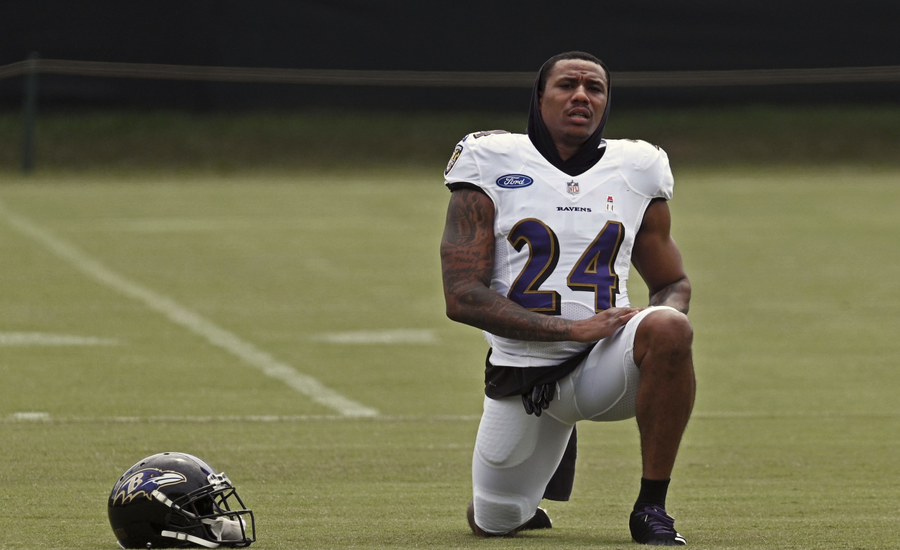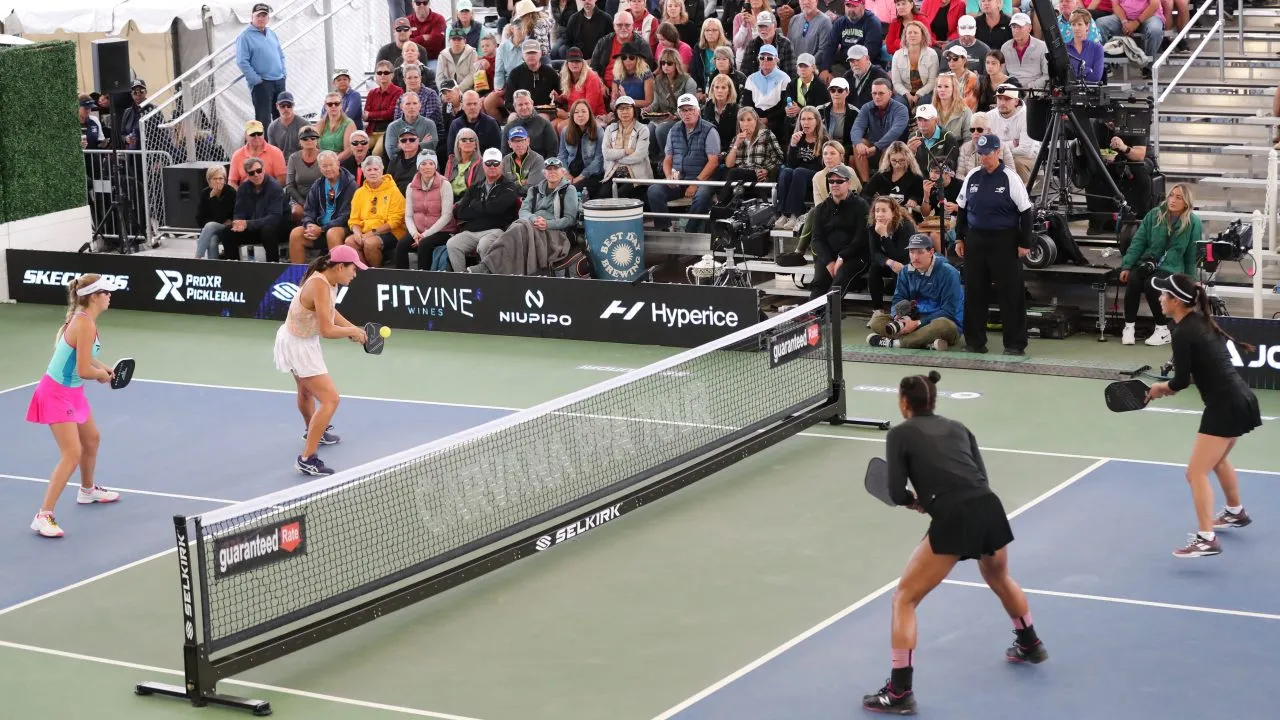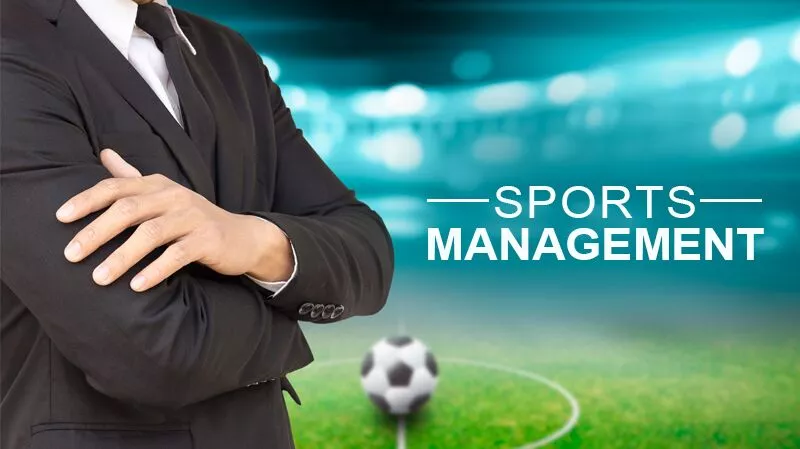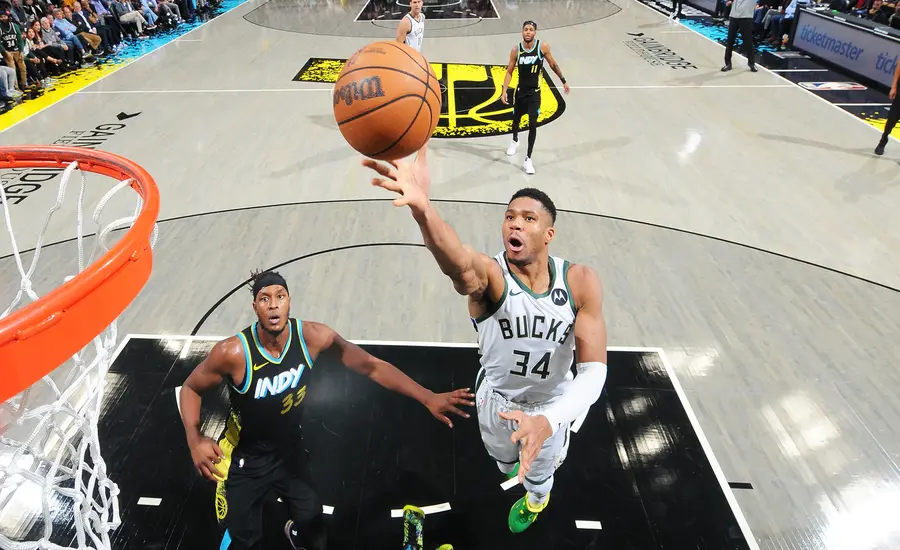In the high-stakes world of the National Football League (NFL), injuries are an ever-present risk that can alter a team’s trajectory for an entire season. One of the most devastating injuries for any athlete, especially for a player in a skill position like cornerback, is an anterior cruciate ligament (ACL) tear. This injury requires not only extensive physical recovery but also a mental resilience that is paramount to making a successful return to the field. In this regard, Marcus Peters, one of the Baltimore Ravens’ most dynamic and competitive players, faces a significant challenge following reports that he has suffered an ACL tear.
Marcus Peters, known for his exceptional ball-hawking skills and aggressive playstyle, has been a pivotal piece in the Ravens’ secondary, helping the team contend with some of the NFL’s top-tier offenses. News of his ACL tear is a substantial blow, not only to the Ravens’ defense but to their prospects for the entire season. This article delves into the circumstances surrounding Peters’ injury, its implications for his career and the Ravens’ season, the medical aspects of an ACL tear, and the potential avenues for the team to mitigate this loss.
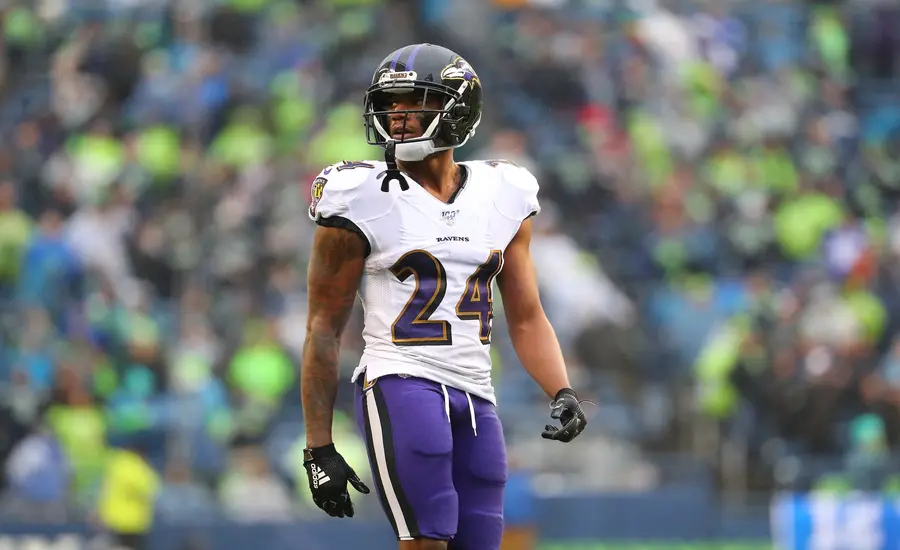
Marcus Peters: A Key Player for the Ravens’ Defense
Marcus Peters has been an essential component of the Baltimore Ravens since he joined the team in 2019. Known for his instinctual play, Peters quickly established himself as a lockdown cornerback. His style is aggressive and assertive, often resulting in game-changing interceptions and dynamic plays. Peters’ ability to read quarterbacks and anticipate plays makes him a unique asset in a Ravens defense that has consistently ranked among the league’s elite units.
Over the years, Peters has built a reputation not only as a skillful defender but also as a vocal leader on the field. His energy and passion for the game are contagious, inspiring his teammates to perform at their best. The cornerback position, particularly in a high-caliber defense like the Ravens’, requires a rare combination of speed, agility, and mental sharpness. Losing a player like Peters is more than a blow to the lineup; it’s a loss that will undoubtedly reverberate throughout the Ravens’ locker room and beyond.
Peters’ Statistical Contributions
In his career with the Ravens, Peters has consistently posted impressive stats that underline his impact on the field. Since joining Baltimore, he has recorded multiple interceptions each season, adding a level of disruption that is invaluable in the pass-heavy modern NFL. Peters’ track record of intercepting passes and forcing fumbles has elevated the Ravens’ defense, providing the unit with the kind of turnover potential that can turn the tide of any game.
Without Peters, the Ravens face the challenge of filling the void left by a player whose impact goes beyond numbers. His instinctual ability to predict plays and force turnovers is not something that can be easily replaced by another player or a change in the defensive scheme.
The Circumstances Surrounding Peters’ ACL Injury
The ACL injury sustained by Marcus Peters is believed to have occurred during a practice session, marking a cruel twist of fate for a player who has previously managed to avoid serious injuries in his career. The nature of ACL injuries is such that they can happen in the blink of an eye, often in non-contact situations. This particular injury occurred in a seemingly routine practice drill, underscoring the inherent risks of the sport.
Non-contact ACL injuries are particularly common among players who engage in rapid cutting movements, as cornerbacks often do. In these cases, the ligament may tear due to a sudden change in direction or the force placed on the knee during deceleration. This type of injury can be particularly disheartening for athletes, as it seems to occur without warning and has a high likelihood of leading to a prolonged recovery period.
The timing of Peters’ injury adds another layer of complexity to the situation. With the season in progress, the Ravens are now forced to adjust their defensive plans mid-season, a task that is far from easy. The coaching staff, already tasked with navigating a grueling season schedule, must now devise a strategy to compensate for the absence of one of their most influential players.
Understanding the Anatomy and Impact of an ACL Tear
The anterior cruciate ligament is one of the four main ligaments in the knee, connecting the thigh bone (femur) to the shin bone (tibia) and providing stability during movement. ACL injuries are particularly prevalent in sports that require sudden stops, starts, and changes in direction, such as football, basketball, and soccer. When the ACL is torn, the knee loses much of its stability, making it difficult for athletes to perform the high-intensity movements required in competitive sports.
Recovering from an ACL tear typically requires surgery, followed by months of intensive physical therapy. The road to recovery can be long and arduous, often taking between 9 to 12 months before the player can return to competitive action. For Peters, this means that his season is effectively over, and he now faces the difficult journey of rehabilitation and regaining his form post-surgery.
The psychological impact of an ACL tear cannot be understated. For an elite athlete like Marcus Peters, the mental hurdle of overcoming such a significant injury is almost as challenging as the physical recovery. The thought of re-injury, combined with the uncertainty of whether he will return to his pre-injury level, can weigh heavily on the minds of athletes.
The Process of ACL Recovery
- Surgical Reconstruction: In most cases, an ACL tear requires reconstructive surgery, where the torn ligament is replaced with a graft from either the patient’s own body or a donor. Advances in surgical techniques have improved outcomes significantly, but it remains a complex procedure that demands precise care.
- Rehabilitation and Physical Therapy: After surgery, patients undergo months of rehabilitation, focusing initially on reducing swelling and regaining knee movement. As recovery progresses, the athlete works on rebuilding strength and agility.
- Gradual Return to Training: The final phase of ACL recovery involves gradually reintroducing sports-specific activities to rebuild confidence and assess readiness. It is during this phase that athletes may start practicing with their team but still require close monitoring.
Given the nature of his position and his reliance on quick, explosive movements, Peters’ recovery will need to be handled with great care to ensure he returns as close to his original form as possible.
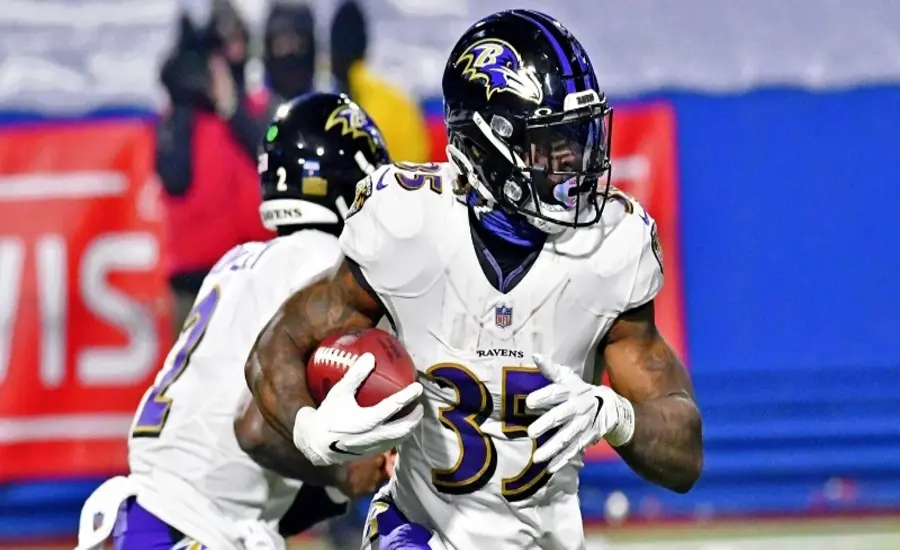
The Ravens’ Defensive Adjustments Without Peters
Losing a player of Marcus Peters’ caliber will inevitably have a ripple effect throughout the Ravens’ defensive unit. Defensive coordinators often build their strategies around the strengths of key players, and Peters’ absence necessitates a shift in the Ravens’ defensive game plan. The team will now have to rely on a combination of backup players and strategic adjustments to maintain their competitive edge.
The Ravens may explore various options to fill the void left by Peters. These include elevating backup players, altering the defensive scheme to provide more support to the cornerbacks, and potentially exploring trade options for additional depth in the secondary. The team’s management will need to carefully consider each option, weighing factors such as player availability, salary cap implications, and the potential impact on team chemistry.
Potential Replacements and Defensive Strategy Shifts
- Elevating In-House Talent: The Ravens may turn to their depth chart, promoting players who have shown potential but lack experience at Peters’ level. These players will need to step up quickly, as the Ravens’ defensive schemes are among the most complex in the league.
- Adjusting Zone Coverage: To compensate for Peters’ absence, the Ravens may shift to more zone coverage schemes, which require less man-to-man responsibility and allow cornerbacks to receive more support from safeties. This change, however, could alter the dynamics of their defensive playstyle, affecting their overall effectiveness.
- Trade or Free-Agent Acquisition: The Ravens could explore the trade market or free-agent pool for a veteran cornerback to bolster their secondary. While acquiring an experienced player might provide immediate relief, it also poses challenges in terms of team dynamics and adaptation to the Ravens’ defensive system.
The Broader Implications for the Ravens’ Season
The loss of Marcus Peters undoubtedly complicates the Ravens’ season outlook. The team had entered the season with high expectations, aiming to compete for a deep playoff run and potentially a Super Bowl appearance. However, in the highly competitive AFC, where every win counts, losing a key player can shift the balance of power.
Without Peters, the Ravens will need to rely on their offense and the remaining defensive unit to compensate for the weakened secondary. Quarterbacks in the AFC are among the league’s best, and the Ravens will face the challenge of containing high-powered offenses with a less-than-optimal secondary lineup. The injury may also impact the team’s morale, as Peters was not only a defensive leader but also a motivational force in the locker room.
The Ravens’ coaching staff, led by head coach John Harbaugh, will now be tasked with rallying the team and maintaining focus amid adversity. This situation presents an opportunity for younger players to step up and showcase their potential, but it will also test the depth and resilience of the Ravens’ roster.
Conclusion
The news of Marcus Peters’ ACL tear has cast a shadow over the Ravens’ season, delivering a blow to both their defensive strength and morale. As a cornerstone of the Ravens’ secondary, Peters’ loss reverberates beyond statistics, impacting the team’s chemistry, strategy, and season outlook. His skill and presence on the field set a standard that younger players and backups will now strive to match. However, replacing his instincts, leadership, and game-changing abilities is no small feat.
For the Ravens, this injury signals a pivotal point in their season. John Harbaugh and his coaching staff are faced with the challenge of recalibrating the defense, employing creative adjustments, and inspiring resilience within the team. It is an opportunity for the next man up, a chance for lesser-known players to step into the spotlight, but also a test of Baltimore’s depth, adaptability, and resolve. While the journey back to full health will be arduous for Peters, his influence on the Ravens’ culture will continue to drive the team as they navigate the challenges of the season without him.
Ultimately, though this setback is substantial, the Ravens have the talent, coaching, and grit to rally. If they can adjust effectively and fortify their defense, they may still contend for the playoffs and honor Peters’ relentless spirit. And for Marcus Peters, this injury marks a temporary halt in his career—not an endpoint. The road to recovery may be long, but his resilience and passion suggest that a strong return is possible, keeping his career and impact on the Ravens very much alive.






